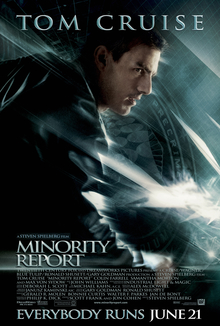
As discussed in Chapter 1, the black population was highly concentrated in the South at the time of Brown v.

Not surprisingly, Ferguson notes, there is no evidence of improvement in academic outcomes for black students during the first 10 years following Brown. By 1964, no more than 1 in 50 black children in the South attended an integrated school (Rebell, in this volume Ferguson, in this volume Orfield and Eaton, 1996). Despite the forceful rhetoric, it is important to note that very little progress was made toward the desegregation of schools until 10 years after the Brown decision. Quoting the justices in the Court’s decision: “to separate from others of similar age and qualifications solely because of their race generates a feeling of inferiority as to their status in the community that may affect their hearts and minds in a way unlikely ever to be undone (Martin, 1998)” (Ferguson, in this volume). Discussing the Court’s decision, Ferguson (in this volume) noted that it was not just about the equitable distribution of resources for black and white students. Supreme Court made a bold statement about racial inequality in Brown v. We also discuss what is known about the effectiveness of federally sponsored compensatory education programs that were developed in the 1960s as part of the Johnson administration’s War on Poverty. In particular, we review how racial segregation and school funding inequities have been addressed by the courts and what is known about how policies related to these issues have affected student learning. Board in terms of “the six Rs: rights, resources, requirements, systemic reform, rules, and research-based pedagogy.” Here, we turn our attention to Ferguson’s first two Rs: rights and resources.

Taking his cues from this theme, Ronald Ferguson grouped his comments about factors that have affected the education of minority students since Brown v. As discussed in this volume, it is now clear that teaching these basic skills alone is no longer adequate to prepare young people for the demands of contemporary society. It used to be said that education was about teaching the three Rs: reading, writing, and ’rithmetic.

It then goes on to discuss education policies associated with court decisions concerning fiscal equity and the legal definition of an “adequate” education. This chapter begins with a brief review of the history of court decisions and legislation related to desegregation, and then discusses the compensatory education programs that were begun in the mid-1960s. It is not surprising, then, that for nearly three decades following that decision, policies emanating from the executive branch, Congress, and the courts primarily addressed questions of inequality of educational resources and opportunities. The Court found that racially segregated schools were inherently unequal, given the history and then-current facts related to the social and economic implications of race in America (Blank, 2001 National Research Council, 1989:1-54, 329-390).

Supreme Court’s 1954 decision in Brown v. The conference examined education policies and trends in the education of minority and economically disadvantaged students since the U.S. Because they are removed from it, what happens in the classroom often does not conform to what was expected or intended by policy makers. Policy can profoundly affect what goes on in classrooms, often reflecting the broad goals and sweeping visions of public officials who sometimes are far removed from the day-to-day work of instruction. Policy and the Education of Minority and Disadvantaged StudentsĪccording to conference presenter Jacob Adams, education policy is a blunt but very powerful instrument that has been used to shape the education reform process.


 0 kommentar(er)
0 kommentar(er)
